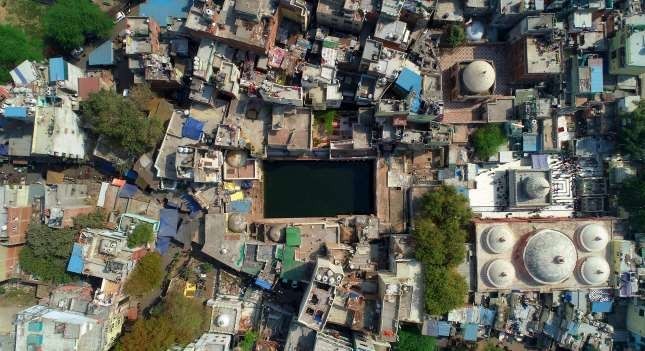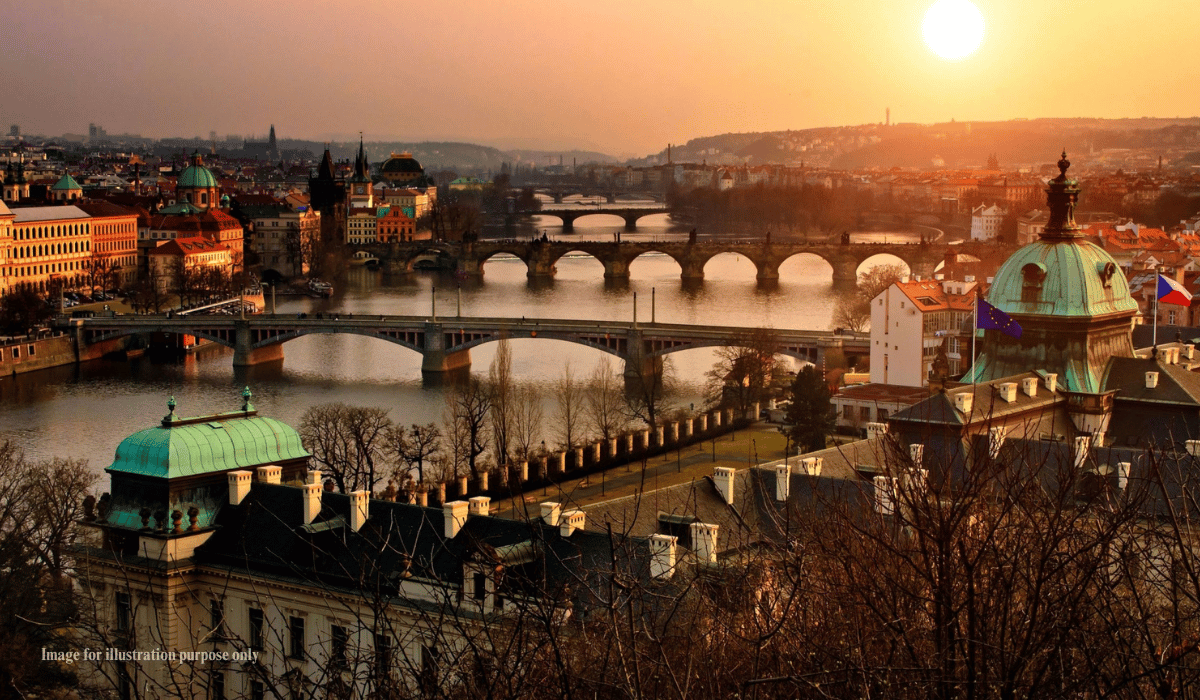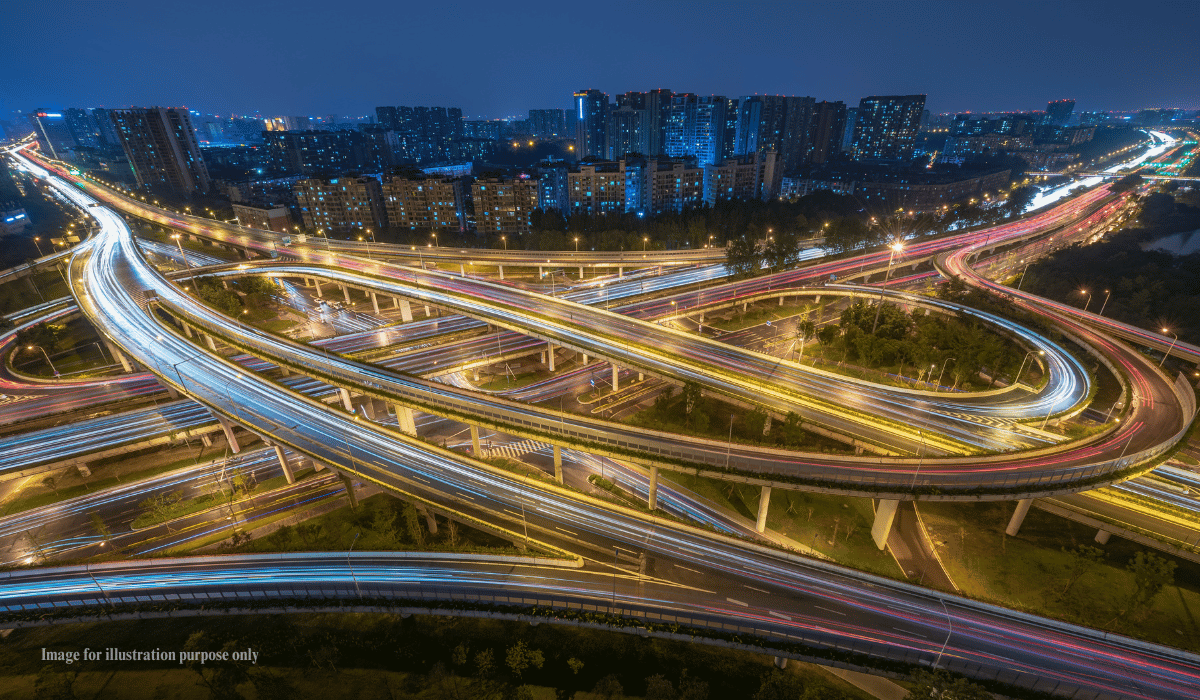Urbanization is an inevitable phenomenon in a developing country like India. As a city begins to grow with infrastructure development projects, all a spectator sees is the glory of modernization. But it is seldom noted that we gain new things by neglecting the old ones. While rapid urbanization sounds progressive, it separates the cities from their tangible inherited possessions. All the limelight around contemporary buildings draws away from the already existing heritage structures. Given that India is home to some of the world’s oldest civilizations that continue to inspire the design and thought, it is vital to conserve these legacies that connect our present with the past.
In the process of urban development and growth, the historic areas in cities have been neglected. Dilapidated physical structures, degenerated environments and encroachment is the heartening reality that India’s urban heritage is facing. The involvement of multiple agencies and stakeholders in such large-scale projects of delicate nature makes heritage conservation more complex.
India’s effort for Heritage Conservation and Restoration
To support this thought, the Ministry of Urban Development, Government of India 2015 launched the National Heritage City Development and Augmentation Yojana (HRIDAY). The scheme was launched to bring together heritage conservation, urban planning, and economic growth inclusively. Cities across India with immense heritage value were the prime focus of HRIDAY. The scheme intended to closely work for conserving heritage in the cities of Amritsar, Ajmer, Amravati, Badami, Mathura, Warangal, Gaya, Dwaraka, Puri, Kanchipuram, Varanasi, and Velankanni. However, the scheme implementation had little to do with heritage conservation and more to do with heritage-linked infrastructure. Ensuring the heritage sites had proper access roads and other tourism-related infrastructures were the key offerings of the scheme.

While the HRIDAY scheme that ended in 2019 focused on selective cities, for now, its central idea would have been worth implementing across other urban areas in India. Mumbai, Kolkata, Panaji, and Delhi are cities with high-heritage values. Many iconic structures from colonial and medieval times can be spotted in the prime locations of these cities. Be it heritage forts, palaces, transit stations, residences, institutions, or administrative buildings, Indian cities house them all. And all of these cannot be lost to rapid urbanization and development, as they offer insight and glimpses into the past. Hence, there is a need for urban heritage conservation.
What is Urban Heritage Conservation?
Urban Heritage Conservation stands for preserving and restoring a city’s heritage buildings while allowing it to embrace a modern urban fabric. It aims to improve the quality of the urban environment with a well-devised plan where both the past and present can thrive cohesively. Urban heritage conservation walks on a fine line of traditional and modern, with urban economic growth as the goal. To support the government in its attempt at heritage conservation, the National Institute of Urban Affairs (NIUA) has undertaken the project of documenting the finest urban heritage conservation works in India. They suggest that a city master plan must discourage developments that harm the heritage character of a city. Instead, it should encourage development that strengthens the same. As a supporter of this thought school, cities such as Delhi, Jaipur, and Ahmedabad have developed Heritage Management and Conservation Plans.
India’s Effort to Promote Urban Heritage Conservation

Maintaining harmony in the architectural language of city buildings is a primary challenge in urban conservation projects. This can be interpreted from the changing face of Mumbai’s Fort area, where heritage structures are being redeveloped as high-rises. Such planning of skyscrapers in a heritage neighbourhood is defying the spirit of building conservation. While a contemporary building is certainly delightful to watch, it needs to complement the surrounding locality, which in conjunction with Mumbai we observe that Mumbai has witnessed unplanned growth and development. The view of unusually tall buildings popping out amidst an array of antique colonial buildings poses a threat to viable city planning.
In a conversation with Ar. Vikas Dilawari, a leading conservation architect in Mumbai, expressed his views on urban heritage conversation by saying, “A good city has a good past and aims for a good future and in that connection, there is something called the present. If the present concentrates and focuses on improving the quality of life, then that is an ideal place to be in. If you look back at your cities, yesterday’s architecture is today’s heritage. And, if you are capable of giving today’s architecture which is likely to be tomorrow’s heritage, then we are allowed some amount of freedom and flexibility. But most contemporary buildings are not designed in a fashion that can be considered as the heritage of the future.”
The commercialization of cities has overshadowed the spirit of building design and development. The concepts of FSI, built-up area, TDR, etc. have replaced the righteous ideas of architectural planning. Considering the example of Mumbai, the road from Mohammad Ali street to Dadar, depicts a beautiful stretch of heritage buildings across the Ambedkar road. But now the attention has shifted from harmonious town planning and urban design to monetizing land in the city. When we see such redevelopment happening, we are in a way eroding a well-established urban design of the past and providing very little in return for the generations to come.
With state-of-the-art public amenities replacing traditional ways in urban Indian sprawls, the cities might begin to lose their original vernacular character. It is to be re-established that as much a city’s progress is measured by the availability of resources, it is also measured by the way its heritage is conserved.
Sources:
- Effects of urbanization on historical heritage buildings in Kumbakonam, Tamilnadu, India
- How India can save its urban heritage
- Mumbai’s urban heritage conservation movement is winning accolades
- Compendium of Good Practices
- Urban Heritage in Indian Cities
Disclaimer: The information contained herein have been compiled or arrived at, based upon information obtained in good faith from sources believed to be reliable. The opinions expressed within the content are solely the author’s and can be subject to change. The image featured in this article is only for illustration purposes. If you wish the article to be removed or edited, please send an email to editor@biltrax.com
Discover more from Biltrax Media, A Biltrax Group venture
Subscribe to get the latest posts sent to your email.





















